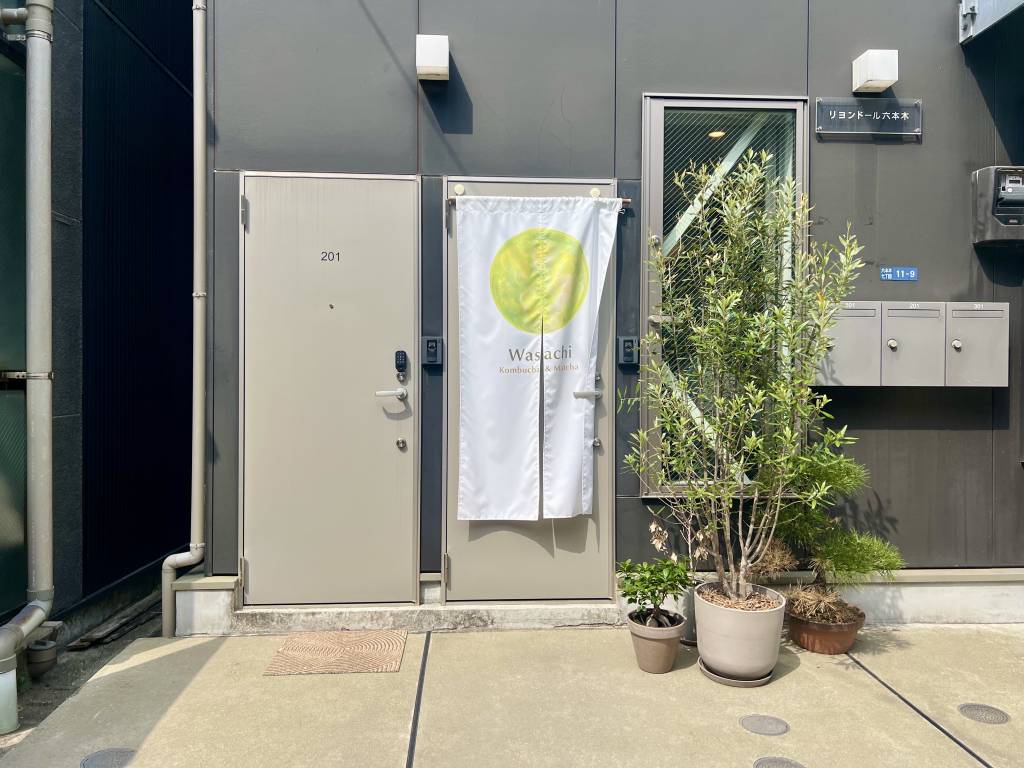Planning your trip, but not sure of the best time to visit Tokyo? There are pros and cons to each season.
For the top events in Tokyo throughout the year, check out our complete guide — organized by month.
Winter
Outside of the Christmas–New Year corridor, winter is off-season for Tokyo and tickets will not be too expensive. The weather is cold (hovering as cold as 5 °C/41 °F), but tends to be sunny without much snow. The lack of central heating may chafe if you’re staying in an old traditional place or a home, but if you’re in modern hotels, you probably won’t notice.

Christmas is low-key in Japan, with a few people going on dates, others eating chicken and cake, and most people going to work on the day, with a few scattered Christmas markets and holiday light displays. And rather than being party time, the new year is a time spent in reflection with family. The most excitement anyone gets up to is visiting a shrine to welcome the new year. You will find that many businesses will be shut in the first few days of the new year—though thankfully many ATMs have started working over the holidays (someone must have cottoned on to the fact that machines don’t need national holidays). A winter bonus is that it’s a wonderful time to enjoy traditional onsen (hot spring) or sento baths. Finally, if you want to head north, there are some spectacular snow and ice festivals to take in.
Spring

If you ask most Japanese people what their favorite season is, they will say either spring or autumn. Cherry blossom season is, of course, peak visiting season for many travelers, and for good reason. People all over the country fall into a dreamy, picnicking haze for a week or two in spring, and everyone stops to smell the roses, or in this case, to appreciate the fleeting pink sakura. The date of the opening of the first blossoms is a much-discussed event, and the timing naturally varies a bit every year—but usually starts around late March. Be sure to check our yearly cherry blossom forecast as the season approaches.
Early spring (i.e. March) can have quite a few bitterly cold days mixed in with warmer weather, but by April things have evened out pretty well, and May is downright blissful. Beware of Golden Week—when the whole country takes about a week off starting on April 29th and every train, museum, park, and movie theater is chockablock with holiday makers. Outside of Golden Week, mid-May sees major traditional festivals, like Sanja Matsuri and Kanda Matsuri, both which welcome hordes of visitors.
Furthermore, late May and early June heralds the beginning of tsuyu, or “plum rains”—a torrentially rainy season that stretches on most of a month. Not to worry if this is the only time you can visit though, there are plenty of rainy day activities for exploring Tokyo.
Summer
If you hate sweating, humidity, and tropical heat, then summer here is probably not the season for you. If you like to get into it with the sweltering masses, pressing moist flesh in a crush of humanity, welcome to summer in Tokyo! Vacillating between extreme humid heat (called mushi atsui in the local parlance) and ice-box cold aircon blasting in restaurants and department stores, Tokyo can be an exercise in frustration, as outside weather warrants the shortest of shorts and sheer shirts, while a cardigan and leggings will have you in good stead indoors.
Many Tokyoites escape the city in the summer, heading to the cool green of the mountains for some relief.

A major bonus to visiting during this season is that summer festivals are plentiful, ranging from small local neighborhood matsuri (traditional festivals) with a few hundred attendees to major celebrations like the Awa Odori festival held in Koenji in late August, with up to a million revelers. Summer festivals are a fascinating and fantastically fun window into Japanese culture, with street food, people decked out in traditional clothing, with folk dancing and music, and often capped off with a fireworks display.
Be aware: for a week in mid-August, the whole country takes off for Obon, the week of remembrance for dearly departed ancestors, and many people travel back to their hometowns to pay familial respects. It’s another week where transit is sure to be backed up.
Summertime is also the only time casual climbers can make the trip up Mt.Fuji, from July to early September. For the skinny on how to get there, what to bring, where to sleep and more, check out our article on how to climb Fuji.
Autumn

Fall in Tokyo is easy to love, characterized by long lazy days with mild weather, long sunny evenings perfect for terrace drinking, and great temperatures for outings. This is also the harvest season, and there are a great many autumn delicacies to be had around this time of year, like pastries made from kabocha squash, chestnuts, and sweet potato.
Autumn also brings koyo—changing of the leaves—which is another a national event, with many people making a concerted effort to get out and enjoy the fall colors, especially the maple and gingko. The best colors usually start emerging in November or December, and there are many spots in the city to see the fall foliage. This is the perfect time for a hike along a nearby trail.
Be warned: there’s yet another (shorter) string of holidays in the fall dubbed “Silver Week,” taking place in late September. This is a potentially busy time that could make traveling a hassle.
Ultimately, the best time to visit Tokyo comes down to each traveler’s likes and preferences—but we feel there’s never really a bad time to visit.




























